Of the places in the Potentino area of Basilicata, many stories could be told. Beginning with villages such as Abriola, the place that holds the relics of St. Valentine, where not only do so many bear this name in honor of the saint, but ancient traditions such as that of caciocavallo podolico continue to be carried on, nor can we overlook places such as Brindisi di Montagna, which holds the beauty of the Carthusian grange dependent on the famous one in Padula and which passes on within its medieval walls the cultivation of ancient grains and honey processing.
There would be so many villages (Brienza, Sant’Angelo le Fratte, Muro, etc.) that one could visit and experiences to be had. But we have chosen to talk about Potenza, the regional capital since 1806, and to tell about a particular “silent” walk along its streets, which between stops, overlooks, “pit stops,” lingers on artistic places, historical ones and those of memory. In our opinion, to speak of this route as “immersive” is also little, to call it “experiential” is not enough!
Silent play is at least a visual-story telling experiment carried out by the shellac theater, which in this case wants to “mobilize” itself as a cultural activator with the intent to change, through a new perception, the relationship we have (distorted) with the reality that surrounds us, along the lines of what has represented the Francesco Stabile Theater, a symbolic place in Potenza, which since 1881 has been the place designated for performances and which in the 20th century also lent itself as an air-raid shelter.
The theater project is ambitious and was born with the aim of regenerating places through a narrative that can, over time, try tocounter the depopulation of inland areas, an uncontrollable phenomenon that for many decades now seems to outline the fate of all of southern Italy and Basilicata, in particular.
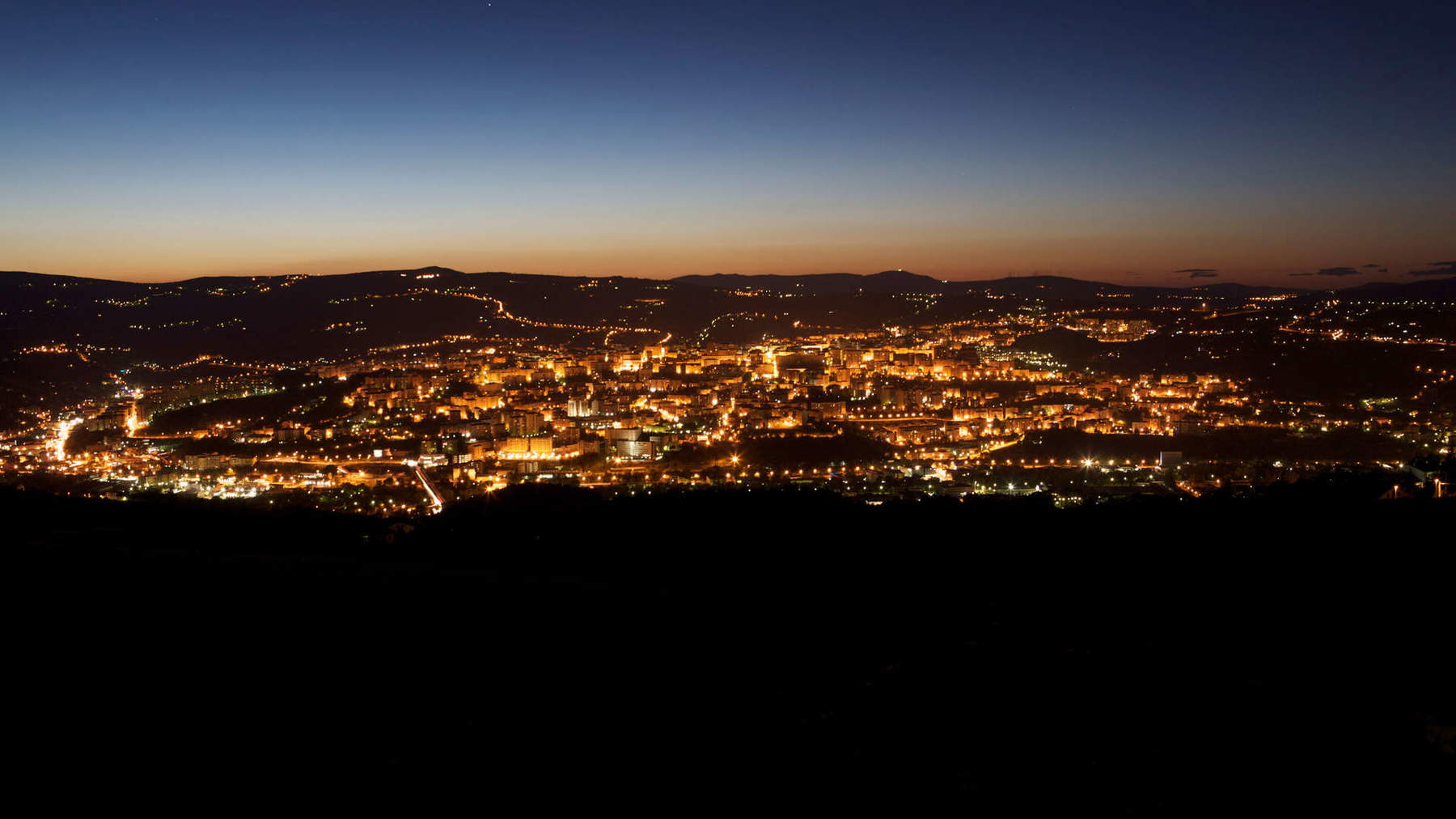
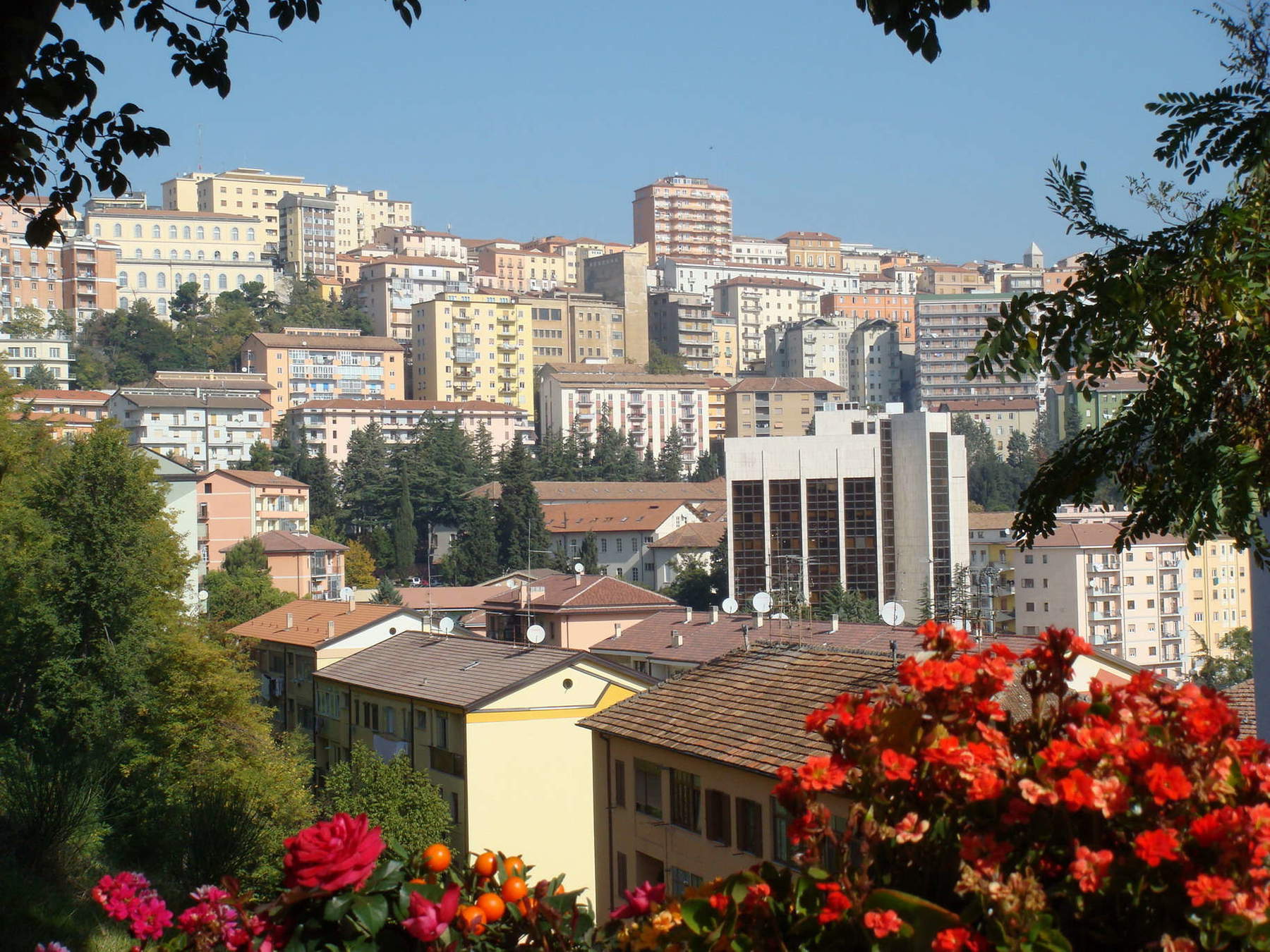
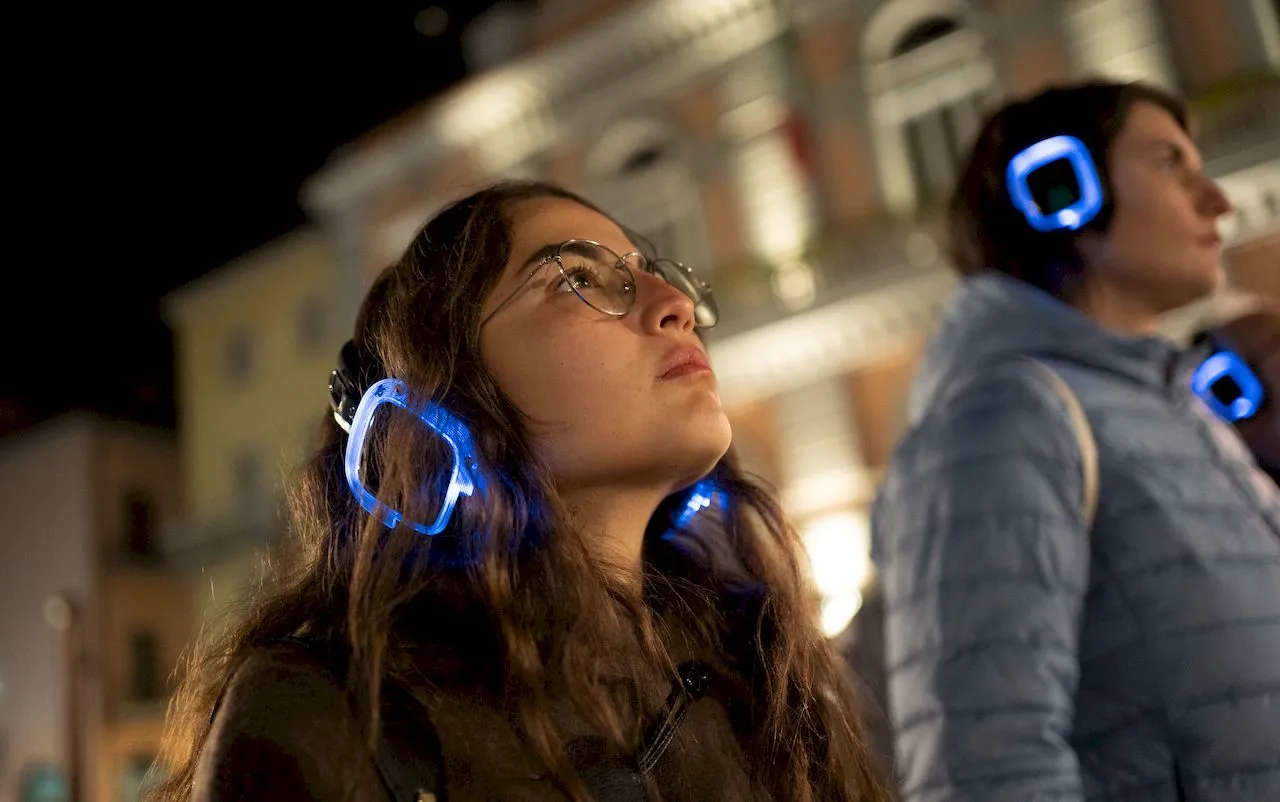
Launched only a few months ago, it is already depopulating, and not surprisingly, because the specific expertise of professional actors expressed in a set, persuasive narrative and voice is placed alongside the spontaneity of the sounds and noises of the city, which are alternated with the naïve verses of children and simple stories told by the elderly sometimes in a strange dialect, to the notes of a delicate background music that is patently popular. But that is not all that makes this silent walk indispensable, and, we recommend, to be done before other visits to the city or the area.
The silent walk along the streets of Potenza is something highly engaging, despite the fact that you have to wear headphones and there is no verbal interaction between people: it is very evocative, obviously with a theatrical flavor, dreamy, rich in news, but above all disruptive because what it allows is precisely to change your gaze on the city to see it, finally, with different eyes from those that normally describe it as “ugly.”
Because, if we must tell the truth, Potenza today is nothing more than the result of heavy building abuse, a real havoc perpetrated after the powerful 1980 Irpinia earthquake (the strongest in Italy in the last hundred years) that gutted and congealed its ancient historic center with a reconstruction that included thebuilding of a series of buildings all the same, and that is exactly what made and makes its beauty little visible, its history unreadable without, precisely, a guide, a close look, a different narrative. But Potenza was much more than that before that earthquake.
The theater moves in this direction to defuse the prejudice, the superficiality with which we often look at things, through a fascinating, small-dose tale of the city’s true history. It is no coincidence that the refrain and evocative name of the walk is “things are not always what they seem,” according to what Phaedrus, the first-century Latin fabulist, a slave freed by Augustus, believed.
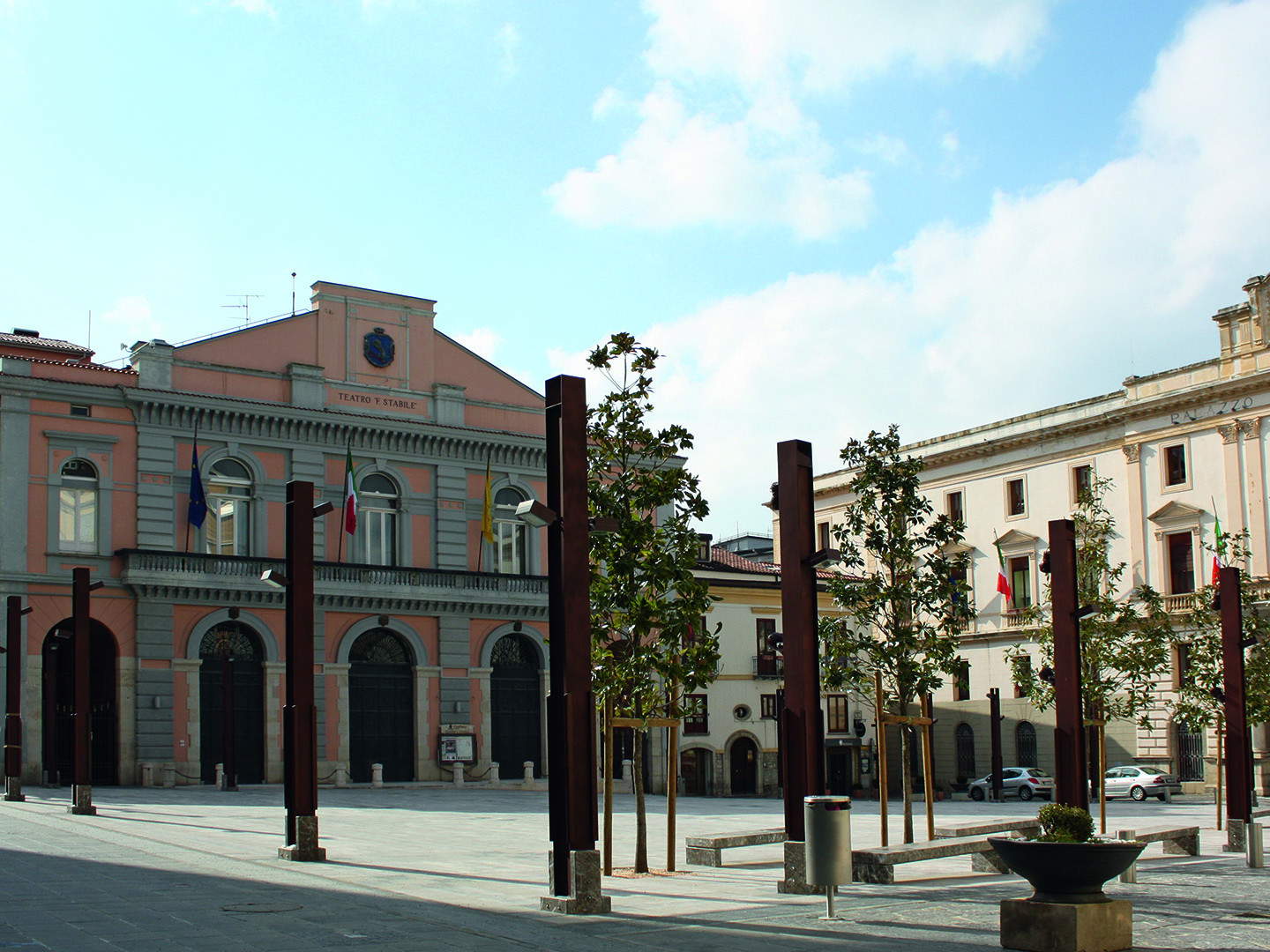
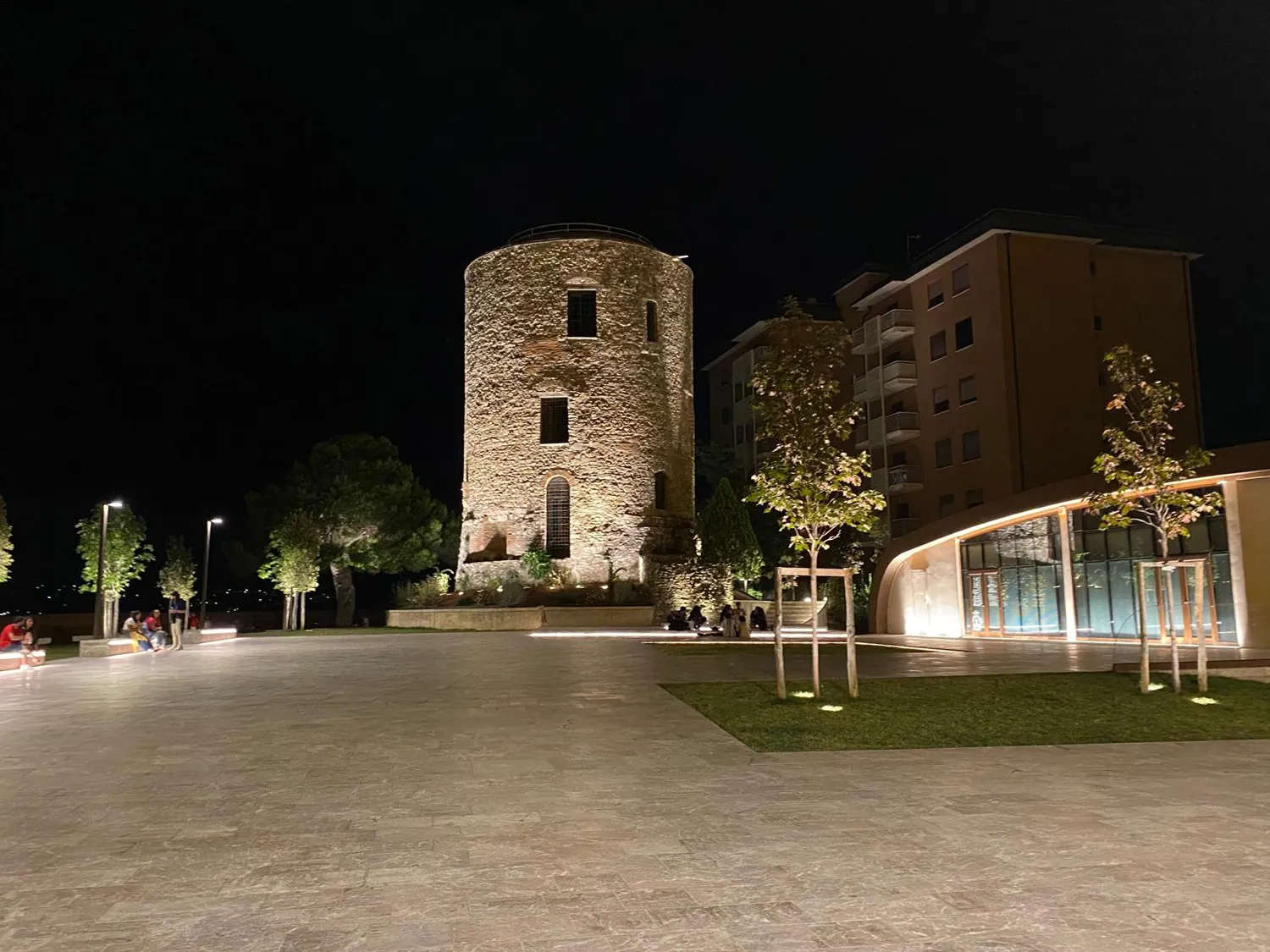
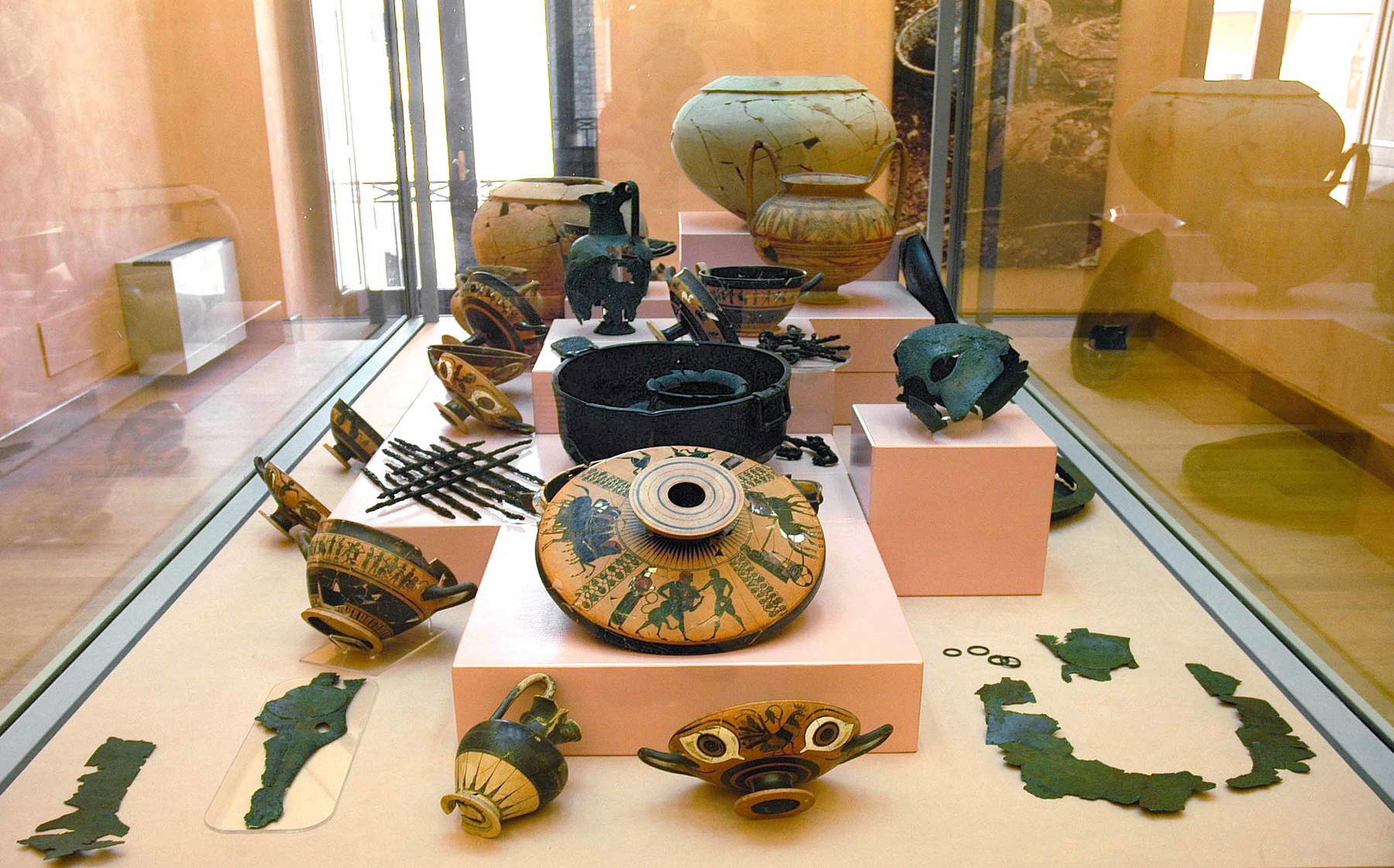
Potenza, with its tangle of narrow alleys, meanders, widenings and small squares has a long history, in all probability dating back to the third century B.C., when, due to a frightful fire, the ancient inhabitants near present-day Vaglio, the place closest to the banks of the Basento River and corresponding to the outskirts of present-day Potenza. Soon the city came into the sights of the Romans: via Pretoria, the decumanus in the beating heart of the modern city, harkens back to that domination, when it became a prefecture with the name Potentia, shortly before being sacked by the Visigoths and becoming until 1066 a county of the Lombards, who founded a castle that is now gone, the only trace of which is the Guevara tower. From the 13th century is the cathedral dedicated to St. Gerard, the patron saint who, according to legend, sent a host of angels in 1111 to terrorize the Turks who had stormed the city (a re-enactment of the historical fact is held every year under the name “Parade of the Turks”). There is also Portasalza, a hamlet in the old town, reminiscent of one of the original city gates, to see. From the main street, the Romanesque church of St. Michael the Archangel almost surprisingly pops out, and a little further on you must visit the National Archaeological Museum, dedicated to Romanian archaeologist and discoverer Dinu Adamesteanu, a treasure trove of cultures, artifacts and traditions that followed one another from Greek colonization to the imperial age.
In short, together with its modern monuments, the Teatro Stabile, the Mario Pagano square redesigned by Gae Aulenti, the Ina building of Fascist architecture, the avant-garde Musmeci bridge, the longest escalators in Europe, Potenza is a crossroads of cultures, which has not stopped transforming itself for centuries, from Roman prefecture to medieval village and in modern times “vertical” city.
To tell this interweaving of eras poised between the past and the future, to narrate it in the most effective way possible, involving the community, without forgetting anything of the material or even the intangible heritage, to save one’s history in order not to lose one’s sense of identity: this is the experiment of Shellac Theater, and this is the reason why the Silent Play walk included all the main stops in the historic center in just over an hour.
The mode is silent, the pace slow: this is the only way to rediscover the meaning of places. Only in this way, with the sight of a group equipped with headphones, can the distracted citizen be “disturbed,” only in this way can he be intrigued, to make even those who quickly arrive in the capital see another city, out of the commonplace, and take him far away. Walking listen to a story to resist, to look at a beauty that others said was not there.
Warning: the translation into English of the original Italian article was created using automatic tools. We undertake to review all articles, but we do not guarantee the total absence of inaccuracies in the translation due to the program. You can find the original by clicking on the ITA button. If you find any mistake,please contact us.